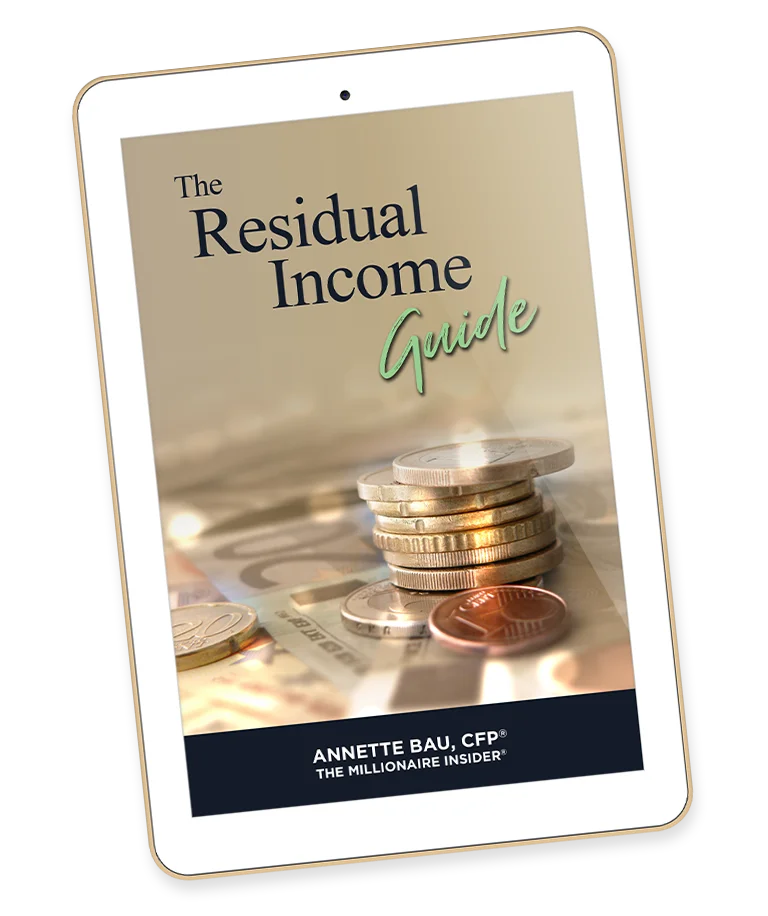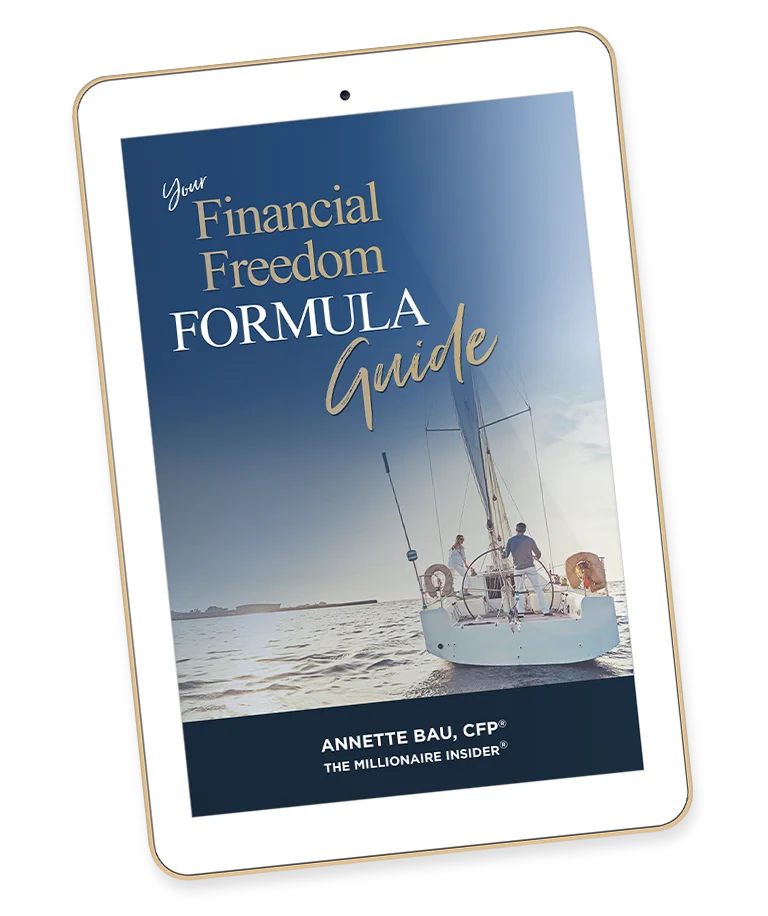Before we dive into how you rollover a 401(k) to an IRA, let’s review the information you need to know when making this decision.
What Is a 401(k) Rollover to IRA?
A 401(k) rollover to an IRA is a financial transaction in which you transfer the funds from your employer-sponsored 401(k) retirement plan into an individual retirement account (IRA). This transfer can be done when you leave your job, retire, or in some cases, while you’re still employed (via an in-service rollover).
The goal is straightforward: to maintain the tax-deferred status of your retirement savings while gaining more control and potentially accessing better investment options.
Why Consider a 401(k) Rollover?
If you’re wondering why you should consider a rollover, here’s what I tell my clients: a 401 (k) plan is great while you’re employed, but it rarely is the best long-term retirement income strategy.
A rollover gives you the ability to:
1. Consolidate Retirement Accounts
If you’ve worked at multiple companies, chances are you have more than one 401(k) floating around. A rollover simplifies your financial life by consolidating the different accounts into one—and simplification reduces stress.
2. Access More Investment Options
Most 401(k) plans offer limited investment choices: deferred income annuities and alternative investments (depending on the custodian).  An IRA opens the door to a variety of options including mutual funds, ETFs, individual stocks, bonds, and more.
An IRA opens the door to a variety of options including mutual funds, ETFs, individual stocks, bonds, and more.
3. Potentially Lower Fees
Many workplace retirement plans come with administrative fees you may not even realize you’re paying. With an IRA, you have more control over costs. It is essential to work with an advisor who is transparent about fees.
4. Better Estate Planning Flexibility
IRAs may allow more advanced beneficiary and estate planning options than employer-sponsored plans, giving you greater flexibility to align your retirement assets with your legacy goals.
When Should You Do a Rollover?
There are several ideal times to consider a 401(k) rollover to an IRA:
- When you leave a job
- When you retire
- When you want greater investment control
- When you’re looking to streamline your retirement plan
However, and this is important, not every situation calls for a rollover. For example, if you’re between the ages of 55 and 59½ and plan to withdraw money from your old 401(k), rolling it over to an IRA could trigger early withdrawal penalties.
Direct vs. Indirect Rollover—Choose Wisely
There are two primary ways to transfer your 401(k) funds to an IRA. One protects your money; the other can trigger taxes and penalties if not handled properly.
Direct Rollover (Recommended)
This is when the money is transferred directly from your 401(k) provider to your IRA custodian. You never touch the money. There are no taxes or penalties, just a tax-deferred transfer.
This is the method I prefer.
Indirect Rollover (Proceed with Caution)
In this version, the provider sends the money to you, and you are responsible for depositing it into your IRA within 60 days.
Two big problems:
- The provider is required to withhold 20 percent for taxes, which you’ll need to replace out of pocket to avoid taxes and penalties on that amount.
- If you miss the 60-day deadline, the entire withdrawal could become a taxable distribution, plus penalties, if you’re under 59½.
The 5-Step How Do I Rollover a 401(k) to an IRA Guide

If you’re ready to complete a 401(k) rollover to an IRA, here is the process:
1. Open a Traditional IRA
Choose a custodian (your advisor can recommend one) and open a rollover IRA. Make sure it’s a traditional IRA—not a Roth IRA—unless you’re prepared to pay taxes on the entire balance (in the case of a Roth conversion).
2. Request a Direct Rollover
Contact your former employer’s plan administrator and ask them to initiate a direct rollover to your new IRA. They may need your IRA account number and details to contact your custodian.
3. Complete Any Required Paperwork
The plan provider may require you to complete paperwork or confirm your identity before releasing the funds. You and your advisor need to follow up so the process stays on track.
4. Monitor the Transfer
The transfer may take a few days to a few weeks. Stay in contact with both your 401(k) provider and your IRA custodian to ensure everything is moving as expected.
5. Choose Your Investments Wisely
Once the funds are deposited into your IRA, you can invest them. You must create a plan that ensures your investment strategy is aligned with your time horizon, income needs, and risk tolerance.
This is where a financial advisor can make all the difference.
If you have questions or need support, click here:

Common Mistakes to Avoid
Here are the most common mistakes I’ve seen people make when rolling over a 401(k) to an IRA:
Withdrawing the Money Instead of Rolling It Over
Taking a lump sum distribution could trigger income taxes—and potentially a 10 percent penalty if you’re under 59½.
Not Having a Strategy for the Money
An IRA without a plan is just another account. You need a comprehensive retirement plan that includes income streams, tax strategy, and risk management.
Failing to Consider Roth Conversion Opportunities
This may be the perfect time to convert some or all of your rollover to a Roth IRA—especially if your income is lower this year. A qualified advisor will help you determine whether a Roth conversion is suitable for your situation.
Should You Ever Leave Your Money in a 401(k)?
On occasion, it may make sense to keep your 401(k) with your employer. If your former employer has a low-cost, well-managed plan—and you’re between ages 55–59½ and may need access—you might be better off leaving it where it is for now because some 401(k) plans allow penalty-free withdrawals starting at age 55. As compared to IRAs, which require you to wait until age 59½.
Every situation is different. That’s why you should always start with your goals and your complete financial picture.
How a 401k Rollover Fits into a Bigger Retirement Plan
Here’s what I always emphasize with clients: a 401(k) rollover is not just a transaction; it’s a strategic step in  creating a secure retirement income plan.
creating a secure retirement income plan.
When you rollover your retirement, it may provide a variety of benefits. Examples include:
- Creating guaranteed lifetime income through a deferred annuity strategy
- Managing Required Minimum Distributions (RMDs) in a more tax-efficient way
- Implementing legacy strategies for your loved ones
- Consolidating your assets to reduce confusion and improve oversight
This is about more than money. It’s about creating a simplified retirement so you can spend your time doing what you love.
Final Thoughts: How Do I Rollover a 401(k) to an IRA?
If you value simplicity, control, and tax efficiency, a 401(k) rollover to an IRA is often one of the smartest moves you can make with your retirement plan.
This is a major decision, not a one-size-fits-all choice. It is important that you
- Understand your cashflow needs
- Create your overall financial plan
- Consult a qualified financial advisor
You’ve spent your life accumulating your nest egg; now you want to ensure you manage it in the most effective way possible.
Disclosure
The Millionaire Insider® copyrights all materials and intellectual property.
This information is for educational purposes only. It is not intended to replace the advice of any advisor or specialist, nor to provide investment, financial, tax, retirement, planning, or healthcare advice.
Always consult with a qualified professional before making any financial decisions or changes.

